When NASA astronauts Sunita Williams and Butch Wilmore launched aboard Boeing’s Starliner in June 2024, they expected to return to Earth within weeks. However, due to technical challenges with Starliner, NASA decided to extend their mission and bring them back via SpaceX’s Crew-9 Dragon in March 2025. For Williams, this unexpected nine-month stay in space—far longer than planned—could have tested even her veteran resilience. Here’s how she might have navigated the mental challenges of feeling “stuck” in orbit.
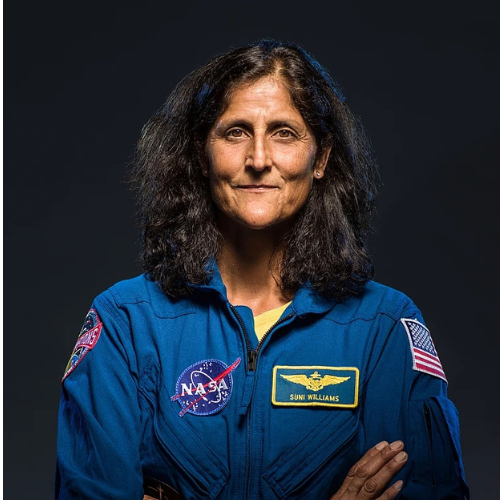
The Weight of Prolonged Spaceflight
Extended missions come with unique stressors for astronauts: isolation, confinement, and the psychological toll of being away from loved ones. For Williams, who had already spent over 600 days in space across her career, this unplanned extension might have felt daunting. Imagine knowing your return vehicle was grounded, your timeline uncertain, and Earth’s comforts just 250 miles below—yet impossibly out of reach.
While Williams’ Navy training and prior space experience would have prepared her for high-pressure scenarios, even seasoned astronauts aren’t immune to moments of doubt. The mental strain of adapting to shifting plans, coupled with the physical demands of microgravity, could have created a perfect storm of stress.
How Sunita Williams Stayed Strong
- Routine and Purpose
Astronauts thrive on structure. Williams likely doubled down on her daily tasks—conducting experiments, maintaining the ISS, and mentoring newer crewmembers. Focusing on work would have provided a sense of control and accomplishment. - Team Support
The ISS crew is a tightly knit team. Williams and Wilmore leaned on each other and their international colleagues, sharing stories, laughs, and frustrations. Bonding over meals or movie nights could have eased feelings of isolation. - Earth Connections
Regular video calls with family, including her husband Michael and their dogs, would have been lifelines. NASA’s psychological support teams also schedule “private family conferences” to maintain emotional well-being. - Physical Activity
Exercise is critical in space—not just for muscle retention but mental health. Williams, a fitness enthusiast, likely used the station’s treadmill, bike, or resistance machines to blow off steam and boost endorphins. - Mindfulness and Hobbies
Williams’ love for tinkering (cars, planes, DIY projects) might have translated into creative problem-solving onboard. She could have journaled, practiced meditation, or stargazed through the Cupola window to stay grounded.
Breaking Records—and Mental Barriers
During Expedition 71/72, Williams broke Peggy Whitson’s female spacewalk record—a milestone that likely reinvigorated her spirit. Achieving goals, even amid uncertainty, fosters resilience. As she later shared in interviews, “In space, you learn to take things one day at a time. Every sunrise over Earth is a reminder to stay present.”
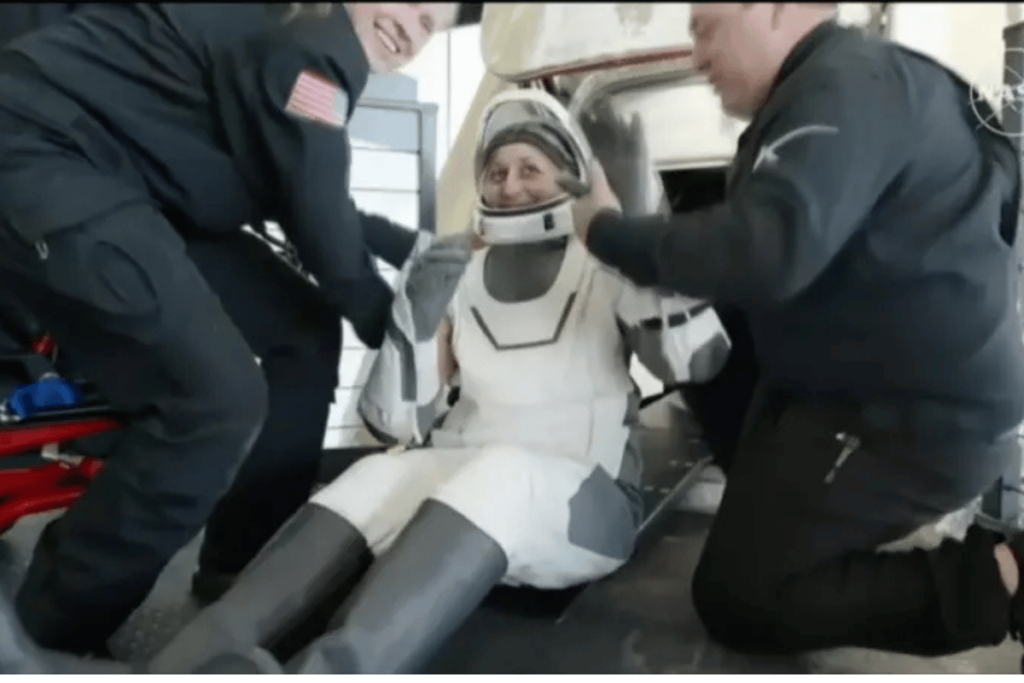
The Triumph of Coming Home
When Williams finally returned in March 2025, her perseverance paid off. Stepping onto solid ground, she embodied the power of adaptability—a lesson from her Navy days: “You train for the worst, hope for the best, and trust your team.”
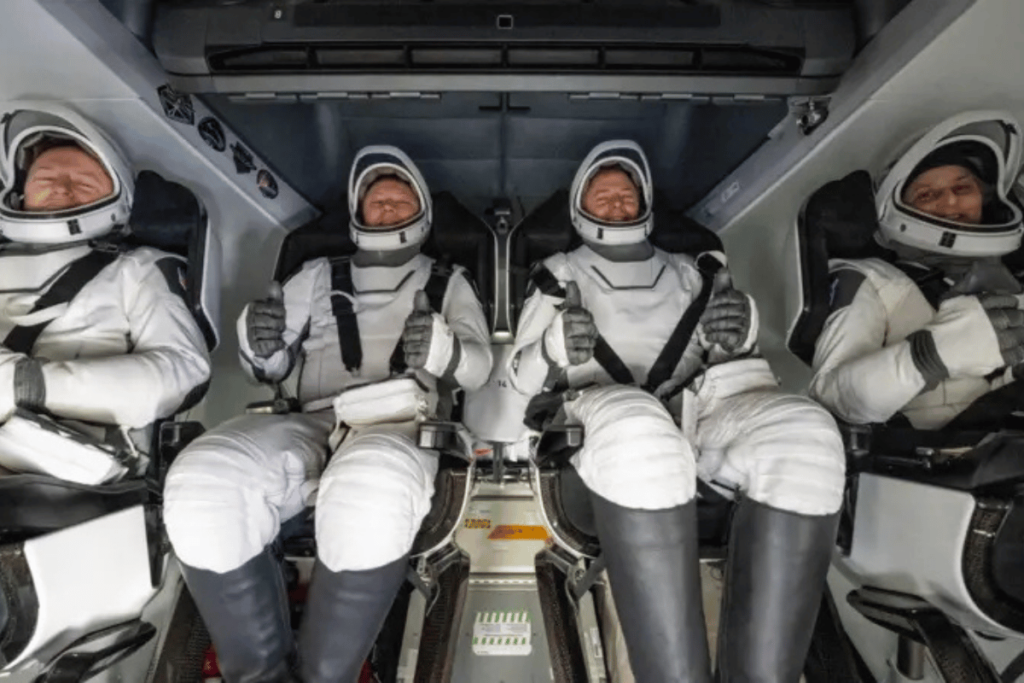

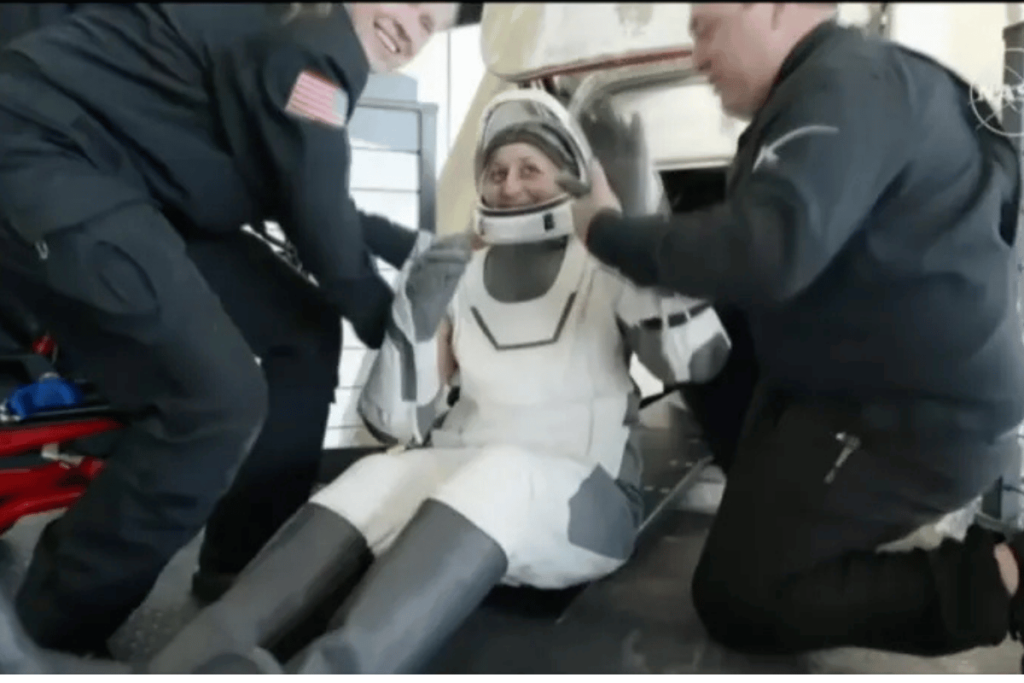
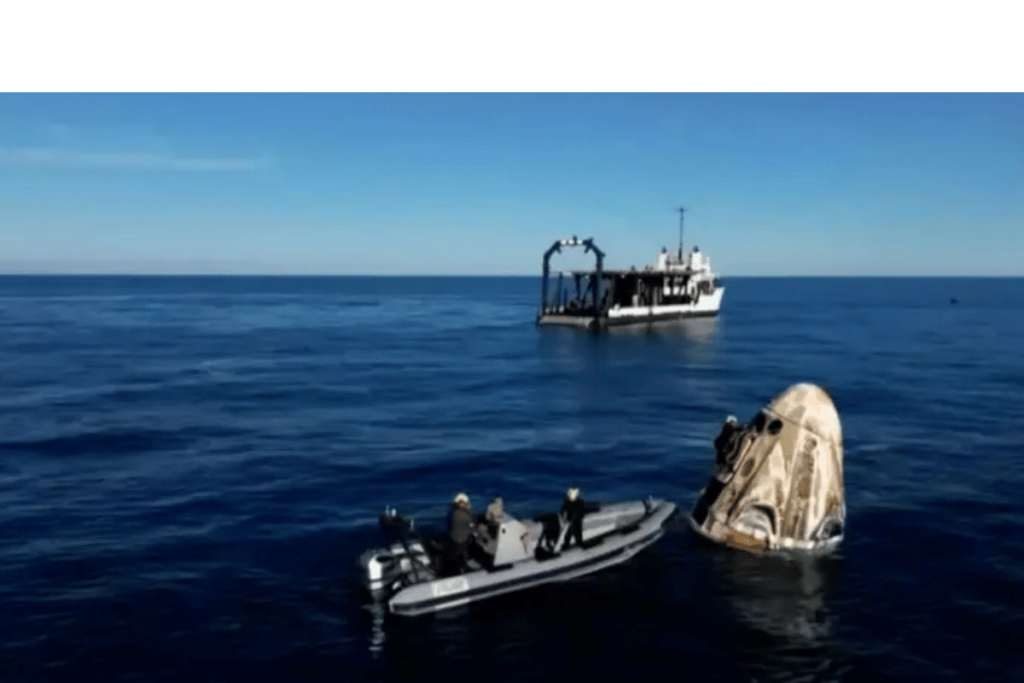
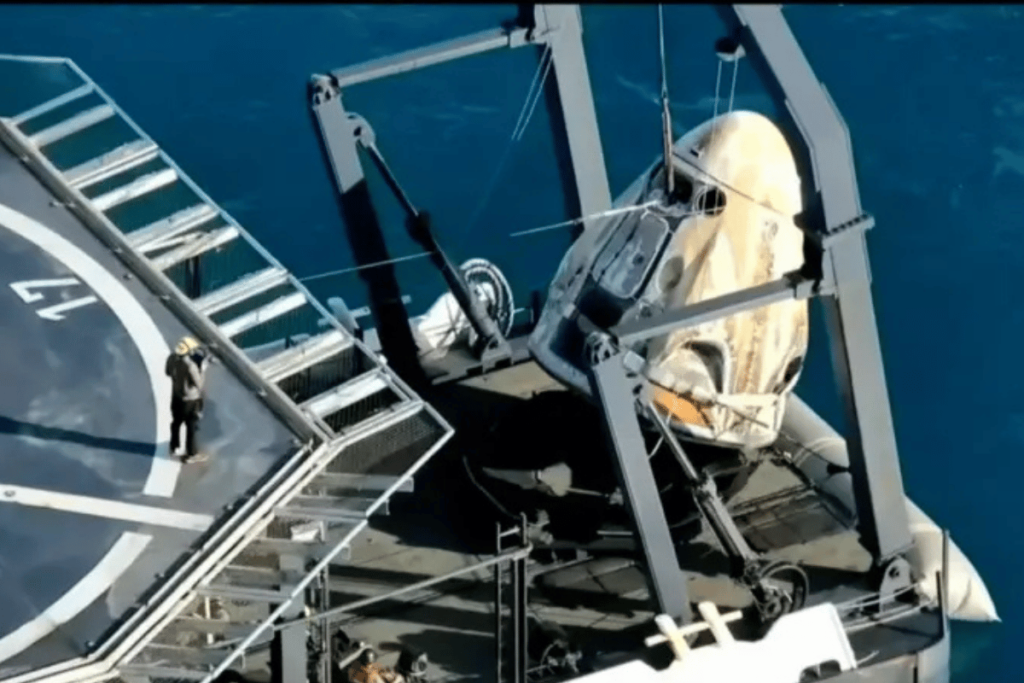
Key Takeaways
Sunita Williams’ extended mission highlights her physical endurance and mental fortitude. By embracing routine, leaning on camaraderie, and staying connected to her passions, she turned a potential crisis into a testament to human resilience.
Final Note
Williams’ journey reminds us that space exploration isn’t just about technology—it’s about the human spirit. Whether orbiting Earth or facing challenges on the ground, her story inspires us to adapt, endure, and keep reaching for the stars.
FAQs About Sunita Williams
for more blogs click here.



